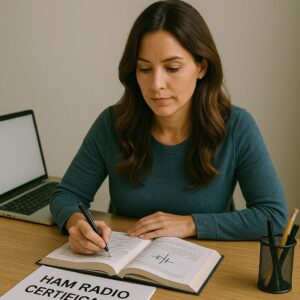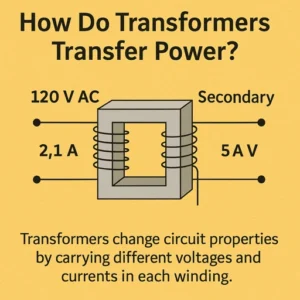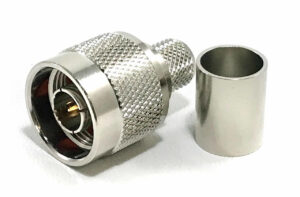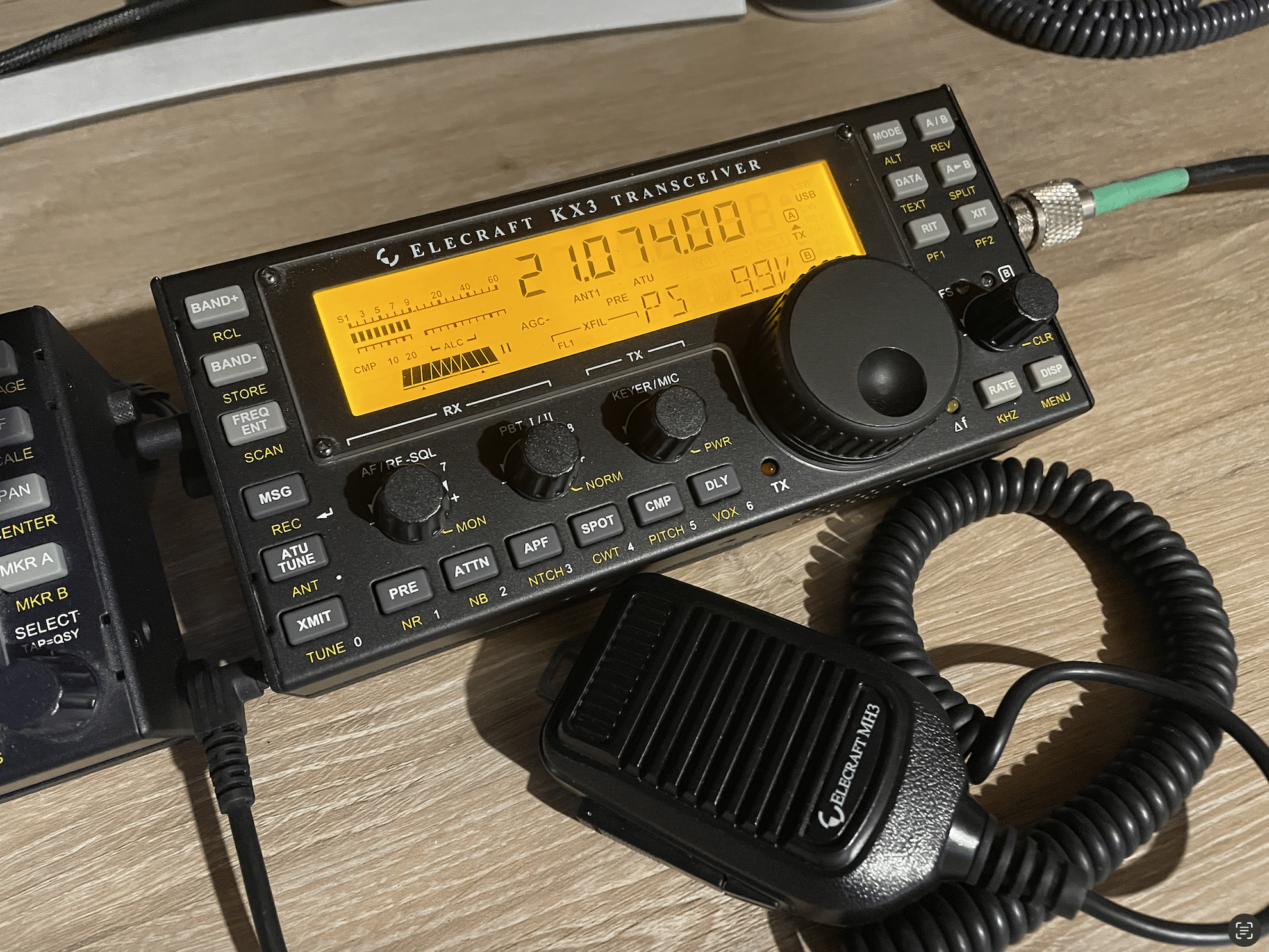



Start Here
The Canadian Amateur Radio Basic Qualification exam is your gateway to becoming a licensed amateur radio operator. Covering seven core sections, this comprehensive test evaluates your understanding of regulations, operating procedures, safety practices, electronics, antennas, and wave propagation. It’s designed for aspiring hams eager to gain their license and experienced operators seeking a refresher…work your way through the questions in each section and then write the Final Exam, which contains 100 questions randomly generated from each of the sections.
- Regulations and Policies: Master the rules for legal, ethical, and responsible operation, including licensing requirements and frequency use.
- Operating Procedures: Learn effective communication techniques using Q-codes, phonetics, and procedural signs.
- Station Assembly, Practice, and Safety: Build and maintain safe and efficient radio stations with knowledge of electrical and RF safety.
- Circuit Components: Understand the building blocks of electronics, such as resistors, capacitors, and diodes.
- Basic Electronics and Theory: Dive into fundamental concepts like Ohm’s Law, power calculations, and amplification.
- Feedlines and Antenna Systems: Explore the design and optimization of antennas and feedlines for better signal transmission.
- Radio Wave Propagation: Study how signals travel, including factors like ionospheric behavior, sunspots, and fading.
Be sure to login to your hamshack.ca account to track your progress by clicking the [Mark Complete] Button at the bottom of each lesson. You can contact VE7DXE to sign-up for the new Basic Amateur course.
The Canadian Amateur Radio Basic Qualification exam challenges your understanding across seven key sections, from regulations and operating procedures to advanced concepts like propagation and circuit theory. Whether you’re studying to become a licensed ham or refreshing your skills, this exam provides a comprehensive assessment of your knowledge. With questions drawn from the extensive Basic Qualification Question Bank, each section equips you with the expertise needed to operate safely, legally, and effectively in the amateur radio world.
© Hamshack.ca. All lesson content, diagrams, and quizzes are proprietary and protected by copyright. Access is for personal use only and requires a valid course purchase where applicable. Copying, sharing, or redistributing any material is strictly prohibited. See the Hamshack.ca Terms of Use for full details.
